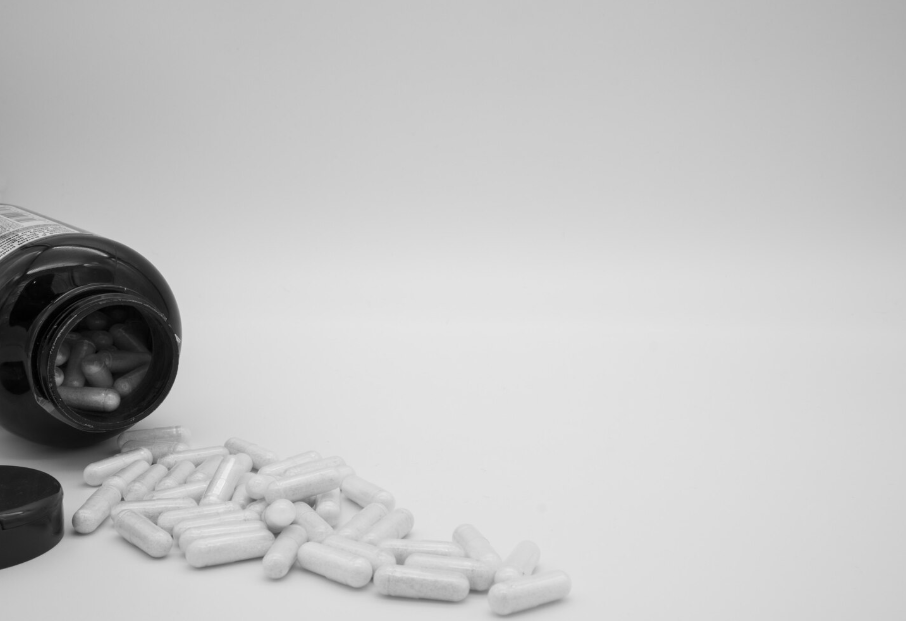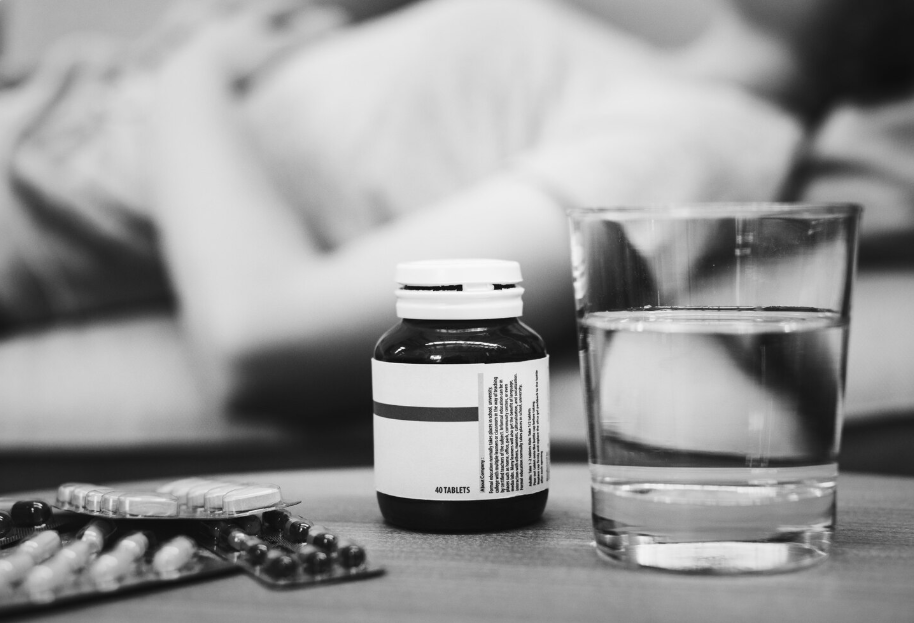Understanding Inebriation
Inebriation refers to the state of being under the influence of substances that alter one's mental and physical state. Two common forms of inebriation are being drunk and being high. While both involve the consumption of substances, there are distinctive differences between the two.
Definition of Being Drunk
Being drunk refers to the state of intoxication caused by the consumption of alcohol. It is characterized by the presence of alcohol in the bloodstream, which affects the central nervous system and impairs cognitive and physical functions. The level of intoxication can vary based on the amount and concentration of alcohol consumed.
Definition of Being High
Being high refers to the state of intoxication caused by the consumption of drugs, such as marijuana, cocaine, or opioids. Different drugs have varying effects on the body and mind, but being high generally involves alterations in perception, mood, and cognition. The intensity and duration of the high depend on the type and potency of the drug used.
To better understand the differences between being drunk and being high, it's important to examine the factors that influence each state, including the substances consumed, their effects on the body and mind, as well as the legal implications and available support resources. By gaining a deeper understanding of these factors, individuals can make informed decisions and seek appropriate help if needed.
Factors Influencing Being Drunk
To understand the differences between being drunk and being high, it's important to examine the factors that influence each state. Let's explore the factors that contribute to being drunk.
Alcohol Consumption
Being drunk primarily stems from the consumption of alcohol. The effects of alcohol on the body can vary depending on several factors, including the type of alcohol consumed, the quantity consumed, and the individual's tolerance level.
Alcohol content is typically measured in terms of alcohol by volume (ABV). The higher the ABV, the more potent the drink. Different types of alcoholic beverages have varying ABV levels. Here are some common examples:
It's essential to note that alcohol affects individuals differently based on factors such as body weight, metabolism, and overall health. Consuming alcohol in excessive amounts can lead to intoxication and impairment.
Effects on the Body and Mind
When someone is drunk, alcohol affects both their body and mind. The effects can range from mild to severe, depending on the level of intoxication. Some common physical and cognitive effects of being drunk include:
Physical Symptoms:
- Slurred speech
- Lack of coordination
- Impaired balance and stumbling
- Bloodshot or glassy eyes
- Nausea and vomiting
Cognitive Effects:
- Impaired judgment and decision-making
- Reduced inhibitions
- Memory loss or blackouts
- Difficulty concentrating
- Emotional instability
It's important to remember that being drunk can impair an individual's ability to drive or operate machinery safely. Driving under the influence (DUI) is illegal in many jurisdictions due to the increased risk of accidents and harm to oneself and others.
Understanding the factors that contribute to being drunk is crucial in promoting responsible alcohol consumption and reducing the potential negative consequences associated with excessive drinking.
Factors Influencing Being High
When it comes to being high, there are certain factors that influence this state of altered consciousness. These factors primarily revolve around drug consumption and the subsequent effects on the body and mind.
Drug Consumption
Being high is typically associated with the use of drugs, such as marijuana, cocaine, or opioids. The type of drug consumed plays a significant role in determining the specific effects experienced. Different drugs interact with the brain and body in distinct ways, leading to varying sensations and experiences.
It's important to note that the legality and potential risks associated with drug consumption vary depending on the jurisdiction and specific drug in question. Always ensure you are aware of the legal implications and potential health risks before considering drug use.
Effects on the Body and Mind
The effects of being high can vary widely depending on the drug consumed. Common effects may include:
- Euphoria and relaxation
- Altered perception of time and space
- Increased sensory perception
- Changes in mood and emotions
- Impaired coordination and motor skills
- Memory impairment
- Heightened or distorted senses
- Changes in appetite
The intensity and duration of these effects can also differ depending on factors such as the dosage, method of consumption, individual tolerance, and the purity of the drug.
Understanding the factors influencing being high is crucial to comprehend the differences between being drunk and being high. While being drunk is primarily associated with the consumption of alcohol, being high is linked to the use of drugs and the subsequent effects on the body and mind. It is essential to approach drug use with caution and awareness, considering the potential legal implications and health risks associated with different substances.
Distinguishing Characteristics
When comparing being drunk and being high, there are distinct characteristics that differentiate the two states. These differences can be observed in both the physical symptoms and cognitive effects experienced.
Physical Symptoms
Being drunk often manifests in physical symptoms such as slurred speech, impaired coordination, and loss of balance. These effects are primarily due to the depressant nature of alcohol on the central nervous system.
On the other hand, being high is associated with different physical symptoms. Bloodshot eyes, increased heart rate, dilated pupils, and a lack of coordination are commonly observed when under the influence of certain drugs.
Cognitive Effects
Both being drunk and being high have significant cognitive effects, although the specific manifestations may differ. Impaired judgment, memory loss, difficulty concentrating, and an altered perception of time are common cognitive effects associated with both states.
However, being high can also lead to heightened creativity and a sense of euphoria, which are not typically experienced when one is drunk.
It's important to note that the intensity and duration of these symptoms can vary depending on the individual, the amount of alcohol or drugs consumed, and the specific substance involved. Additionally, some substances may produce a combination of effects, making it challenging to categorize them solely as being drunk or being high.
Understanding these distinguishing characteristics is essential for individuals to recognize the effects of alcohol and drugs on their physical and cognitive well-being. It is crucial to prioritize responsible consumption and exercise caution to mitigate potential risks and ensure personal safety.
Legal Implications
When it comes to being under the influence of alcohol or drugs, there are legal implications that individuals need to be aware of. Understanding the laws surrounding driving under the influence (DUI) and drug possession is crucial to ensure compliance and safety.
DUI Laws
DUI laws are in place to prevent individuals from operating a vehicle while impaired by alcohol. The legal blood alcohol concentration (BAC) limit varies by jurisdiction, but it is generally set at 0.08% in the United States. It is important to note that even a BAC below the legal limit can still impair one's ability to drive safely.
It is important to remember that these BAC levels and their corresponding effects can vary depending on factors such as body weight, tolerance, and the rate of alcohol consumption. It is always safest to designate a sober driver or use alternative transportation if you have consumed alcohol.
Drug Possession Laws
Drug possession laws vary widely depending on the jurisdiction and the type of drug involved. Possession of illegal drugs can result in criminal charges and penalties, including fines, probation, and imprisonment.
The severity of the penalties for drug possession often depends on factors such as the type and amount of the drug, the intent (possession for personal use or for distribution), and any previous convictions. It is important to note that the possession of certain drugs, even in small amounts, can lead to significant legal consequences.
It is crucial to stay informed about the specific drug possession laws in your jurisdiction to avoid any legal issues. If you or someone you know is struggling with substance abuse, it is recommended to seek professional help and support from resources such as helplines, addiction treatment centers, and support groups.
Understanding the legal implications of being under the influence of alcohol or drugs is essential for personal safety and compliance with the law. By being aware of DUI laws and drug possession laws, individuals can make informed decisions and take necessary precautions to avoid legal troubles while prioritizing their well-being.
Seeking Help and Support
When it comes to substance abuse, seeking help and support is crucial for individuals struggling with the effects of being drunk or being high. There are various resources available that can provide assistance, guidance, and treatment options. Here, we will explore resources for substance abuse as well as recovery and treatment options.
Resources for Substance Abuse
If you or someone you know is dealing with substance abuse, it's important to reach out to professional organizations and helplines that specialize in addiction support. These resources can provide information, guidance, and connect individuals with the appropriate services. Some key resources for substance abuse include:
These resources can be valuable starting points for individuals seeking help and support. It's important to remember that everyone's journey to recovery is unique, and finding the right resources and treatment options that align with individual needs is crucial.
Recovery and Treatment Options
Recovery from substance abuse often requires professional intervention and support. There are various treatment options available, depending on the severity of the addiction and individual circumstances. Some common recovery and treatment options include:
It's important to consult with healthcare professionals or addiction specialists to determine the most suitable treatment options based on individual needs. Recovery is a journey, and with the right support and treatment, individuals can overcome substance abuse and lead healthier, more fulfilling lives.
Sources
https://www.coachellavalleyrecoverycenter.com/blog/drunk-vs-high
https://www.townsendla.com/differences-being-drunk-and-being-high
https://www.elev8centers.com/differences-between-being-drunk-and-being-high
https://www.newhorizonscenterspa.org/being-drunk-and-being-high
https://www.brighterdaymh.com/difference-between-being-drunk-and-being-high


.jpg)





.png)
.png)
.png)
.png)